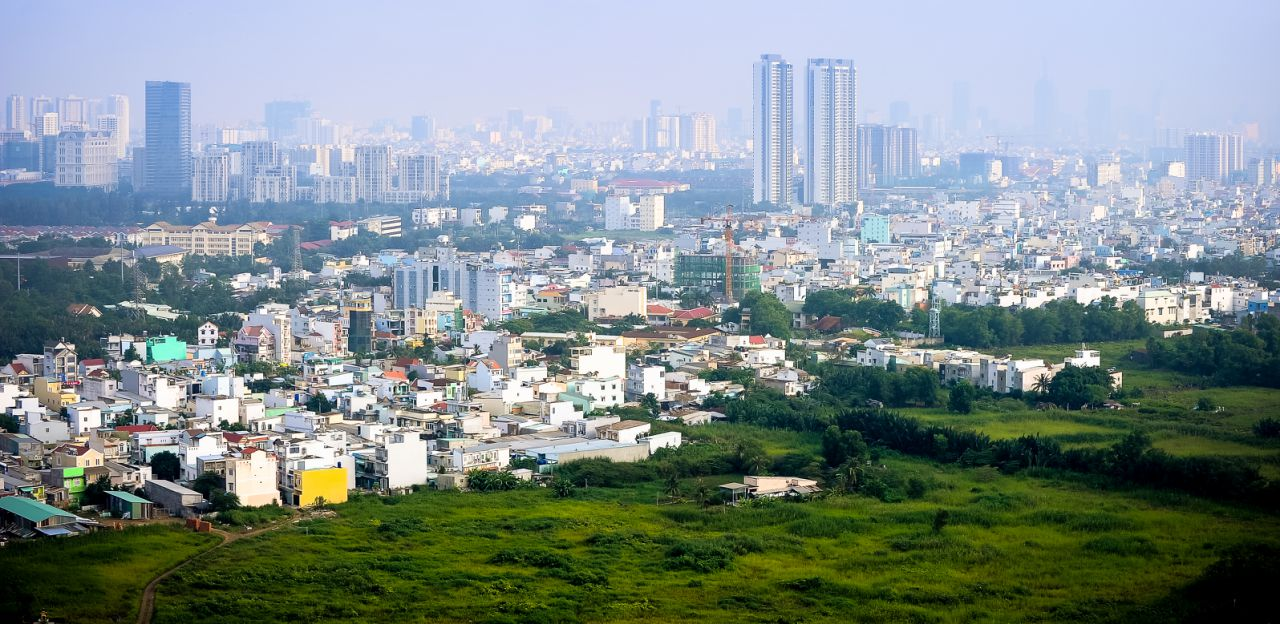Property developers earlier this year heard bad news that the State Bank of Vietnam (SBV) would put a stricter policy to restricting the capital flows to the real estate sector.
In particular, the central bank raised the risk coefficient for real estate project funding from 150 percent to 200 percent (some sources said it would be raised further to 250 percent), and reduced the ratio of short-term capital used for long-term lending from 45 percent to 40 percent.

SBV’s H1 report, however, showed that outstanding loans provided to the real estate sector still rose by VND1,400 trillion, an increase of 6.5 percent over last year out of the total outstanding loans provided to the domestic economy.
In details, credit serving real estate trading hit VND473.7 trillion, up by 2.5 percent, while the loans for consumer real estate was VND919.6 trillion, a rise of 9.4 percent. These figures show that bank capital keeps flowing into the real estate sector.
Lawyer Bui Quang Tin from Bizlight Business School believes that the domestic property market would receive more capital in the time ahead.
SBV would lift the credit growth rate ceiling, thus paving the way for bank capital to flow to every corner of the national economy.
Tin noted: “It is not true to say that the bank capital flow to the real estate sector has been blocked. In fact, the restriction has been applied only to some projects and some investors.”
He added: “The capital will continue flowing into the real estate market in the last months of the year, about 16-18 percent.”
Regarding performance of the real estate market in H2, Tin said capital inflow will continue thanks to the GDP stable growth. The economy witnessed a 10-year high growth rate of 7.08 percent last year.
Economist Dinh The Hien confirmed that the supply in the real estate market has decreased and sales are not as good as predicted, but he doesn’t think the property market is falling as some people expect.
Hien said: “I still cannot see any signs of downward trend.” He seeked for an apartment in HCMC in from March to June and found the price had not shrinken. Even in Da Nang, Hien found the land price in the suburbs kept rising.
Agreeing with Hien, Tin said the total transaction volume in H1-2109 fell by 34 percent but the price hadn’t dropped.

















